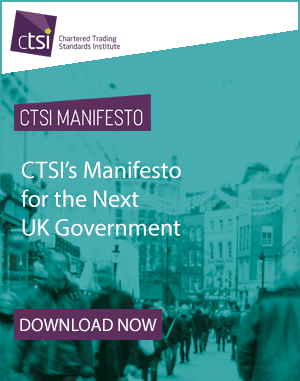We finished the experimental first phase of the GovTech Catalyst. This phase helped us learn where emerging technologies can add value, and where we are better using established technologies. We learnt this in collaboration with smaller technology companies using Innovate UK’s Small Business Research Initiative. In our next phase, we will see prototypes develop into products that can be tested with wider groups across the public sector.
What we learnt from running Phase 1
Start with user needs
We need to meet user needs using emerging technologies. We need people from many disciplines to work together as a team. With support, teams understood this. They were then able to design and test prototypes to learn how to meet user needs in just 3 months.
We adopted the government Service Standard to develop solutions that meet user needs. This helped suppliers know what we expect from them. For many, using the standard has been a steep learning curve. Most public sector teams were already immersed in users’ problems. But it’s not always easy to transfer that knowledge to suppliers.
Many teams struggled to understand the language used by digital specialists. We’re mostly working with policy and operations teams. They have minimal digital experience. Also, many of our suppliers are specialists, and aren’t used to collaborating across disciplines. For example, satellite data processors. We had to adapt our support to help teams understand how to meet the Service Standard.
Learning from quickly testing a wide range of prototypes
In Phase 1, our public sector partners were able to rule out certain approaches. The ambiguous became obvious. They found this out with quick prototypes. This will allow more focused investment later on.
Each challenge had 5 different supplier teams. They often designed 5 completely different prototypes. They focused on different parts of the problem and evaluated various emerging technologies. This made for good Alphas.
Having 5 teams is different from the usual single Alpha team. This helps to tackle problems from different angles, and develop a more competitive market of solutions.
Small businesses help the public sector to innovate
Smaller companies showed agility. They designed and adapted cutting-edge technologies to meet user needs.
With Leeds City Council, suppliers used artificial intelligence (AI) to predict which homes most needed maintenance. This allows them to service homes before they get into disrepair.
Leeds were able to access the latest technologies. But the SMEs spent more time understanding the challenge than the technology. This would have been much harder if Leeds were working with a larger supplier. Larger suppliers may be less incentivised to adapt technology to the needs of residents and council staff. With a big tech company, a local authority would be just one of thousands of customers. We designed the GovTech Catalyst to get the most from SMEs.
When working in the open, central and local government can learn a lot from each other
Phase 1 helped use emerging technology to tackle challenging policy areas. It has also helped policymakers learn more about the delivery of policy.
One of my highlights was a Whitehall policymaker joining a show and tell. As well as listening, they asked great questions. “What are the policy blockers to making better use of data in local planning?”
They found out about the show and tell because we encouraged working in the open. This connected different parts of government to discuss shared challenges.
We could see policy changes emerge from the GovTech Catalyst. That would be a big change from the usual separation between policy and delivery. Central and local government are also collaborating more.
The Catalyst is a big commitment
Being part of the GovTech Catalyst is demanding. We ask a lot of our partners, but they feel it’s a good investment. We learnt this through user research. This helped us improve our support.
The GovTech Catalyst funds go to suppliers, not the public sector. Public sector teams have had to work on the Catalyst on top of their day jobs. We had to help our partners find the right balance. The greatest value in Phase 1 came when our partners that realised the Catalyst could not be a side project.
We asked our partners to work with suppliers collaboratively. We did this by using the Small Business Research Initiative (SBRI). Many teams weren’t used to working so closely with suppliers before. But attitudes changed. Some became advocates of the SBRI. Collaboration helped get more value out of their suppliers.
What’s next
We have told teams whether they will receive £1 million in funding for Phase 2. Some of the teams have started Phase 2 already, while others will be starting later in the year.
One team at the Home Office finished at the end of Phase 1. Findings suggested that development could continue in-house. The team decided to take this approach rather than progress to Phase 2. Continuing development in-house meant government could keep the intellectual property rights from a technical, security and commercial perspective.
Our other partners will use the next round of funding to work with up to two suppliers. They'll test their products in daily use with a wide range of users across many organisations. By the end of Phase 2, they'll be getting ready to launch products and services. We’re looking forward to seeing these adopted across the whole of the public sector.
We’re soon publishing another blog post about how the GovTech Catalyst is helping to grow the GovTech sector.
Subscribe to the GDS Blog to get an update when it’s published, as well as posts from across GDS.
Introducing the GOV.UK Data Labs



